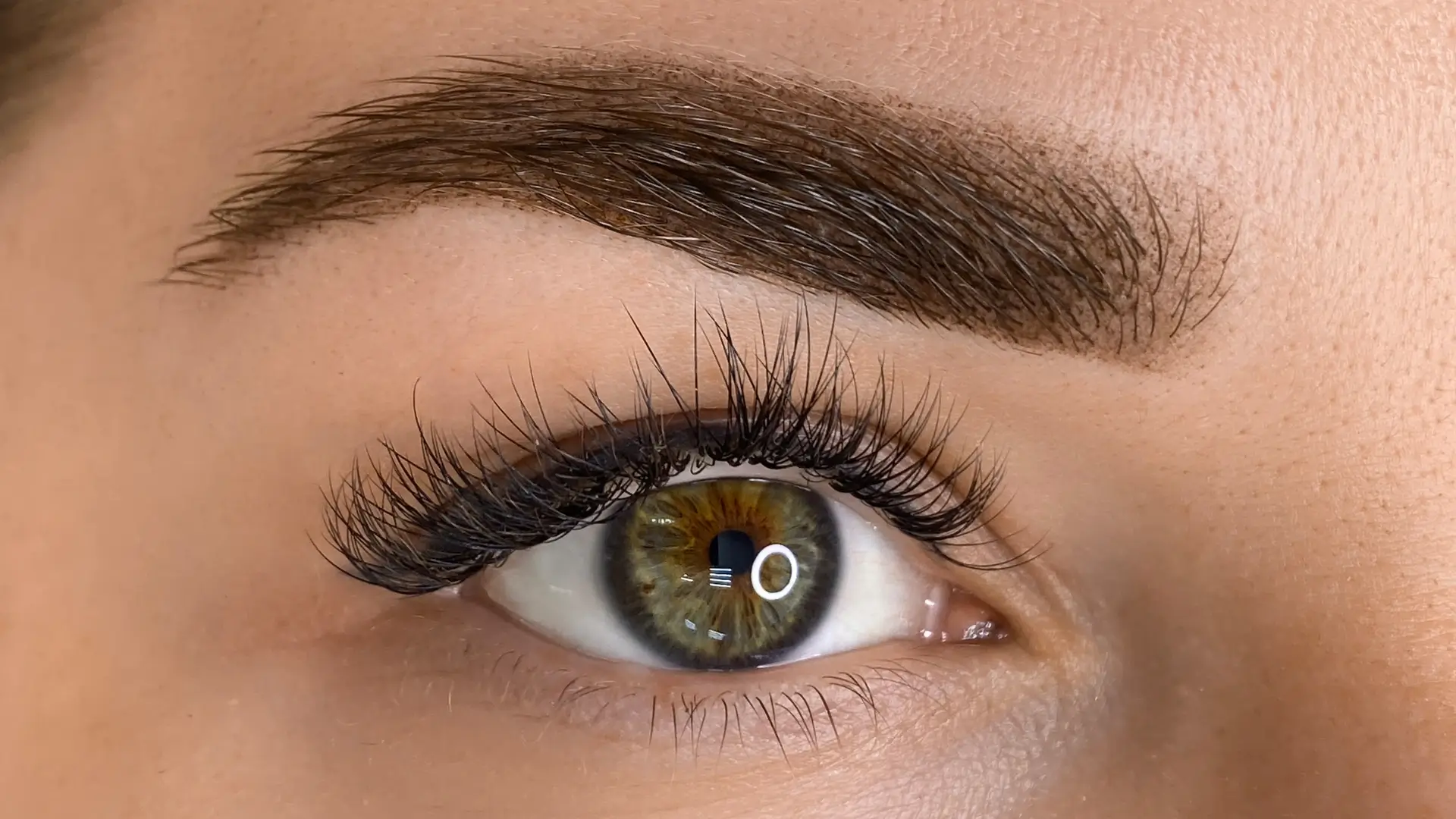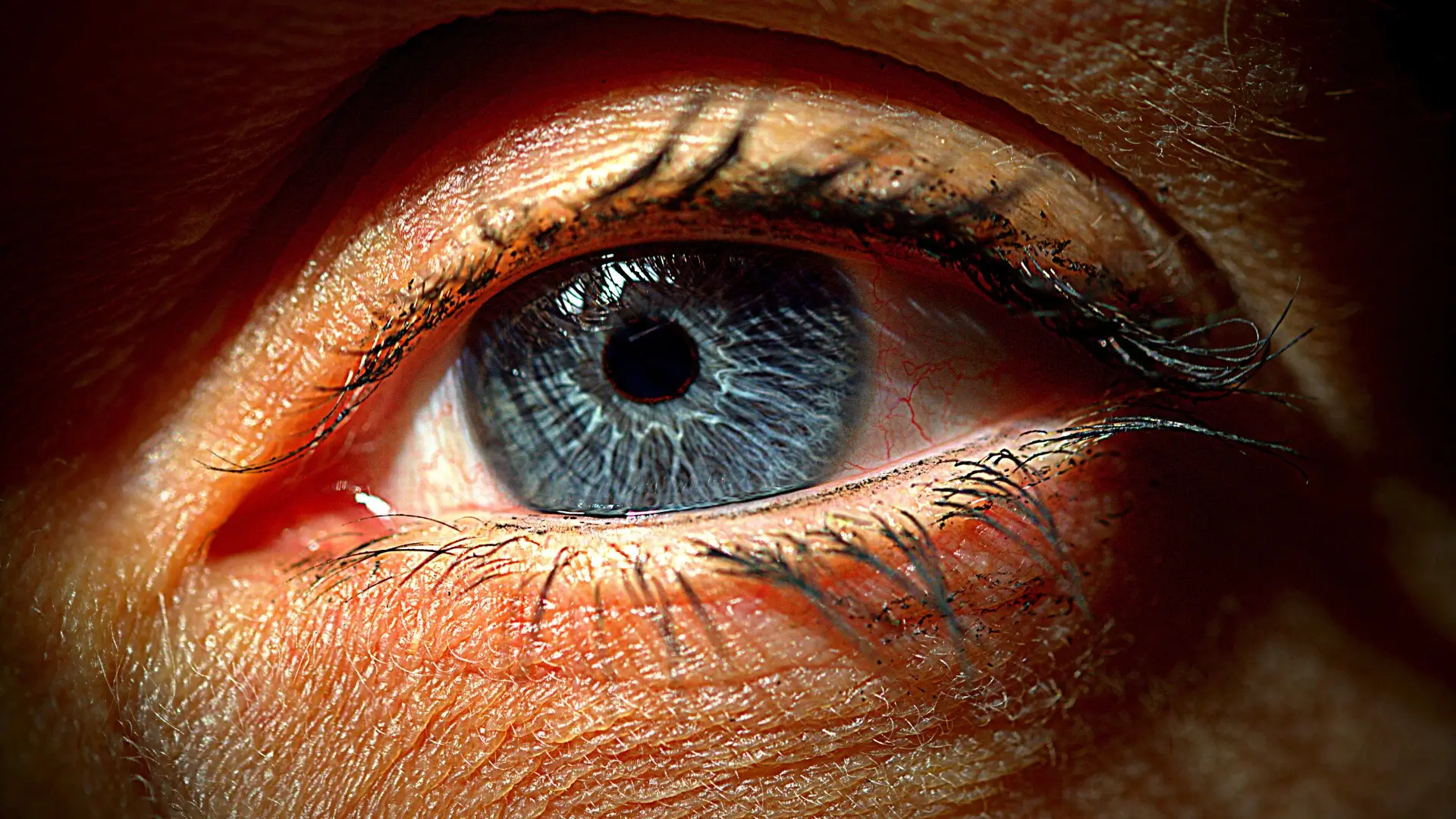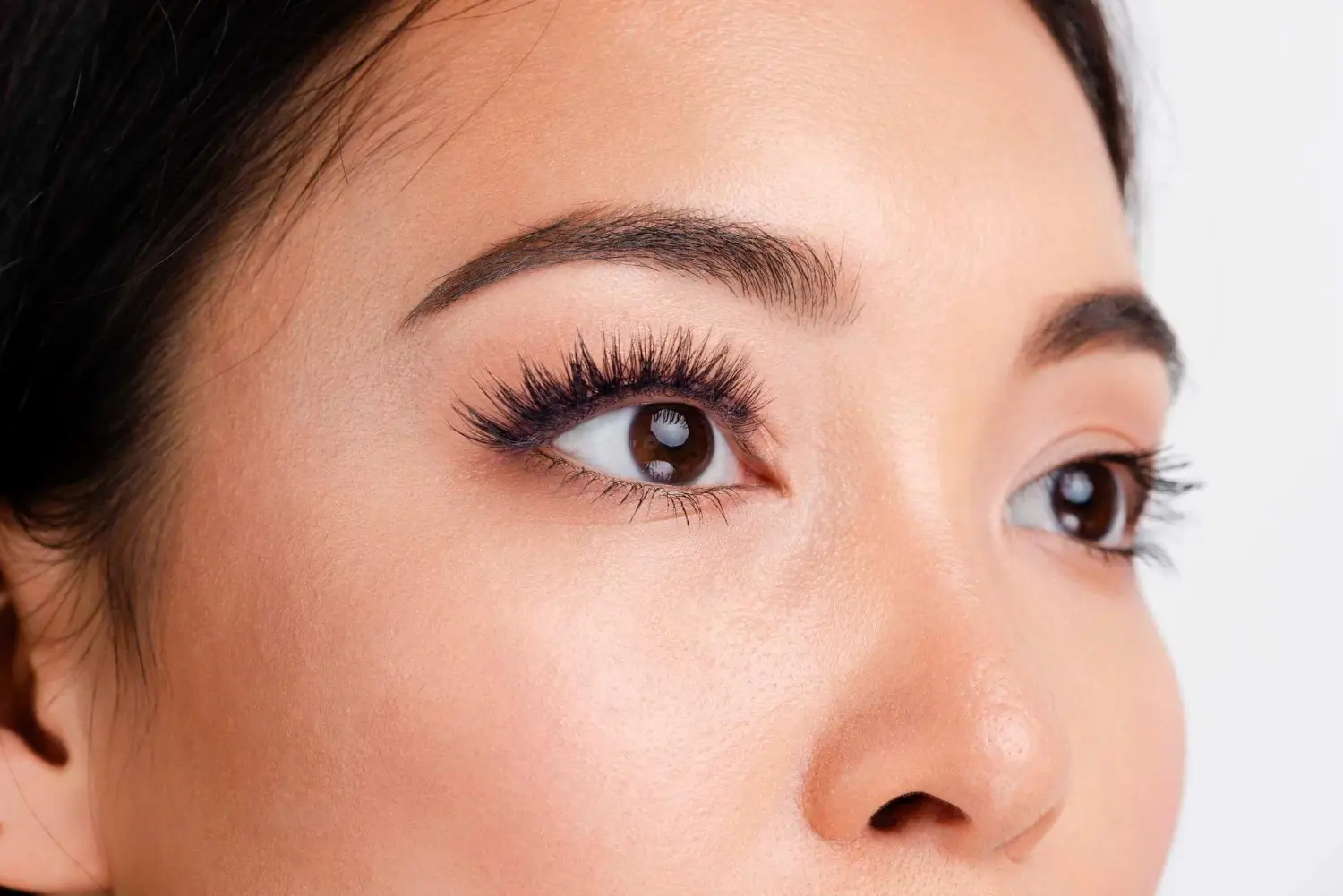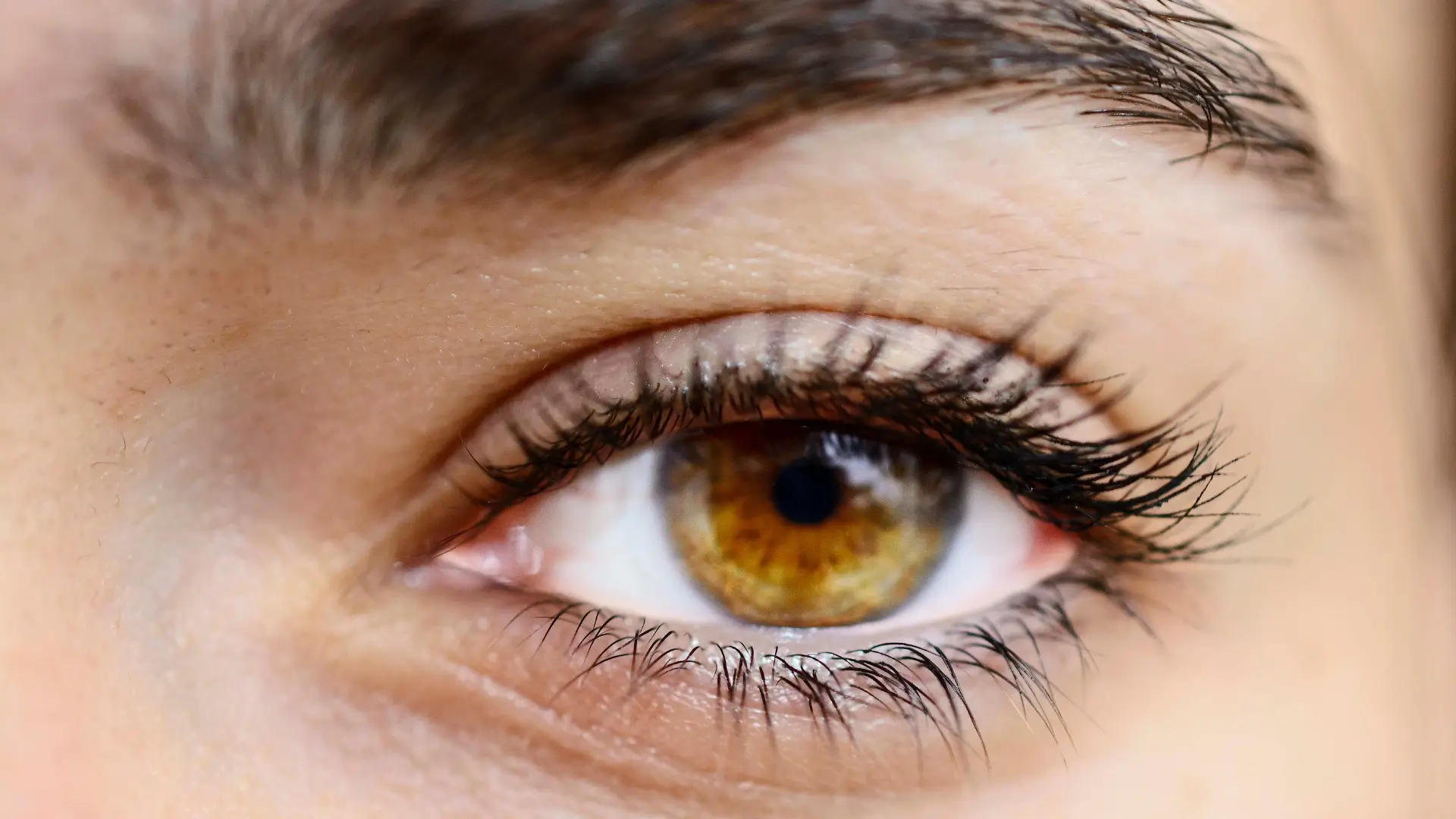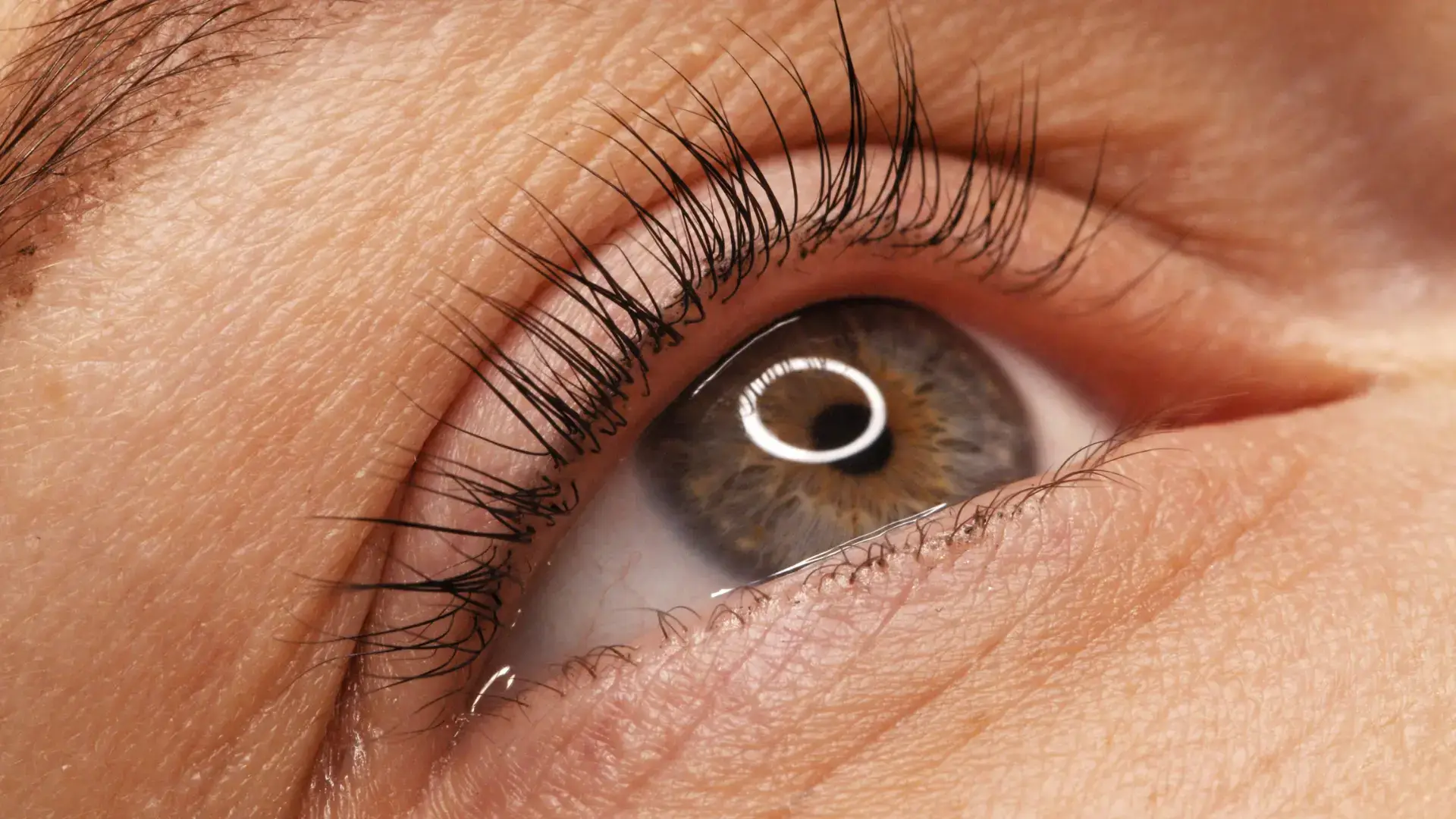Eyelash extensions have become a popular choice for those seeking fuller, longer lashes, offering immediate aesthetic results when applied by skilled and licensed professionals. However, maintaining lash health requires proper care and regular consultations with experts to ensure the best outcomes.
For individuals looking to enhance their lashes further, consulting with a medical professional is essential. One notable option is Allergan Aesthetics’ Latisse, an FDA-approved treatment for inadequate eyelashes (hypotrichosis) that promotes natural growth. However, questions often arise about using Latisse in combination with eyelash extensions and how to balance both treatments effectively.
This article delves into the compatibility of Latisse and lash extensions, their combined effects, best practices for integrating Latisse into your beauty routine, and alternative methods to achieve optimal lash health and appearance.
Key Takeaways
- In 2008, the US Food and Drug Administration approved Latisse to treat hypotrichosis of the eyelashes.
- Lash extensions offer a semi-permanent option for making lashes look fuller and longer without eye mascara.
- While enjoying the extensions, the Latisse solution can help the natural eyelashes grow in overall appearance.
- The effectiveness and safety of combining Latisse and lash extensions lie in the proper and consistent application.
About: Medica Depot is your trusted all-in-one supplier, offering a range of high-quality medical injectables and supplies. If you’re looking to order Latisse products online, our dedicated sales agents can give you proper guidance. We offer a worry-free experience in searching for the best and most popular products on the market. Whether for health professionals, plastic surgeons, dermatologists, licensed estheticians, or other specialists, we can offer genuine, brand-name products you may need. With Medica Depot, we prioritize serving you better to improve the patient’s quality of life.
Understanding Latisse and Lash Extensions
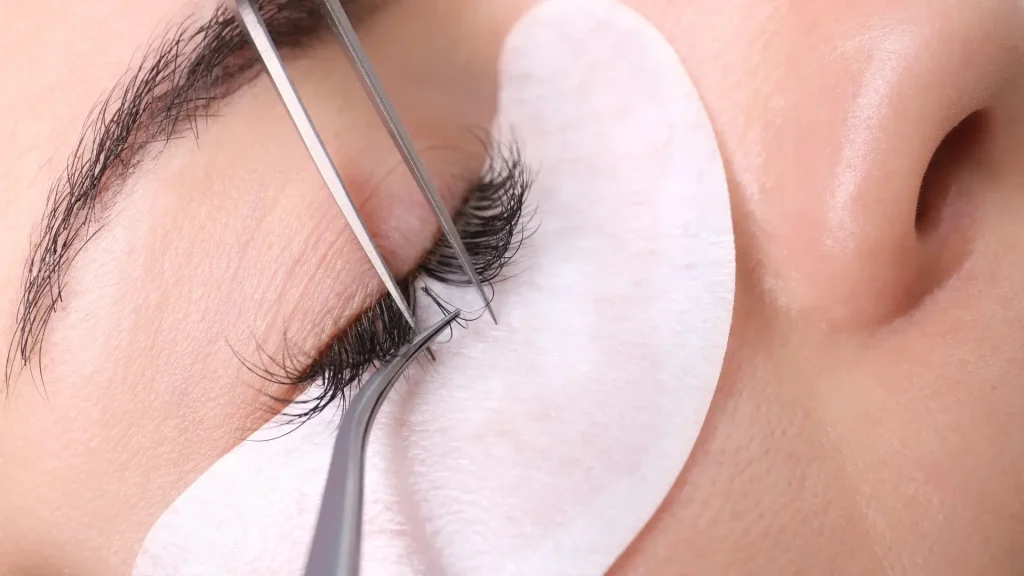
The medical field initially used bimatoprost to treat glaucoma and later discovered its beneficial side effect on eyelashes. Allergan Aesthetics used this to develop Latisse, a 0.03% bimatoprost ophthalmic solution. This prescription medication has effectively addressed thinning or inadequate eyelashes.
In 2008, Latisse received the approval of the US Food and Drug Administration to treat hypotrichosis of the eyelashes. Often characterized as a lack of eyelashes, Latisse can improve the growth in length, darkness, and thickness of lashes with a consistent 16-week use of the solution.
- Latisse Application: Thoroughly cleanse the treatment area to ensure it’s free from make-up and has no contact lenses before proceeding. Follow the proper Latisse dosage, which is one drop on the sterile applicator brush, and apply it quickly to the skin at the base of the upper eyelashes. Do it on both eyes and apply nightly for 16 weeks.
Meanwhile, another aesthetic solution is a popular choice for individuals seeking eyelash growth. Lash extensions offer a semi-permanent option for making lashes look fuller and longer without eye mascara. This option creates a safe and effective way to improve the lash appearance naturally.
Eyelash extensions come in various materials. Some prefer synthetics, like faux mink and plastic fibers, while others opt for natural materials like silk and mink. While medical professionals can explain the proper application of Latisse, eyelash extensions require the expertise of these providers to administer them.
- Eyelash Extensions Application: Medical professionals must attach these fibers to natural eyelashes to notice an improved appearance. This procedure involves individually attaching the lashes using a specific type of glue and may take several hours to complete. A qualified provider can ensure a safe and practical application of extensions and smooth post-treatment.
Can You Use Latisse with Lash Extensions?
According to medical professionals on RealSelf, Latisse and lash extensions can work hand-in-hand in delivering eyelash growth. These experts mentioned that Latisse can work effectively with lash extensions. While enjoying the extensions, the Latisse solution can help the natural eyelashes grow in overall appearance. This may lead to discontinuing follow-up visits for extensions and opting for regular use of Latisse.
Using Latisse with lash extensions is generally safe, but careful application may be necessary. Individuals should avoid contact with the extensions’ adhesive. A consultation with a healthcare provider can discuss the proper application with extensions to prevent adverse reactions or complications.
Combining Latisse and lash extensions can enhance individuals’ overall eyelash appearance. For individuals who have undergone lash extensions for immediate length and volume, Latisse can help promote natural lash growth and improve darkness and thickness. This dual approach can result in fuller, dramatic lashes.
Incorporating Latisse into Your Lash Extension Regimen
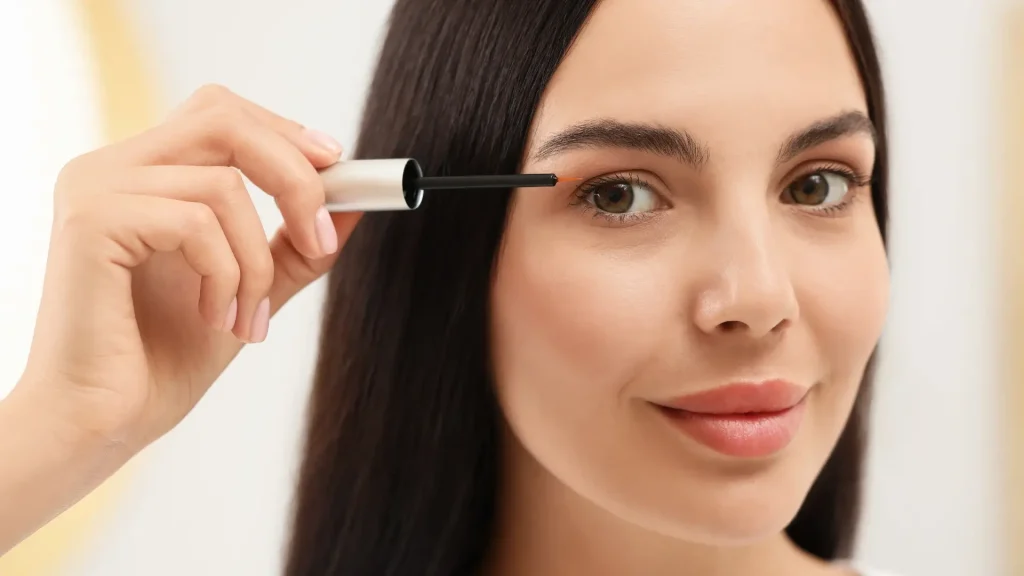
The effectiveness and safety of combining Latisse and lash extensions lie in the proper and consistent application. When applying Latisse with lash extensions, individuals should follow the best tips and practices to ensure optimal treatment outcomes.
- Consistent Nightly Use
- Use Sterile Applicator (Different For Each Eye)
- Avoid Contact with the Extensions’ Adhesive and the Eyes
- Clean the Upper Lash Line Before Application
Moreover, individuals should take precautions when using both treatments. Medical professionals know the most suitable steps in maintaining a fuller and enhanced eyelash appearance. They should explain the contraindications of Latisse and other warnings that may come with the medication and lash extensions to avoid potential risks.
Avoid oil-based products near the lash extensions, which may weaken the adhesive. Furthermore, regular maintenance of lash extensions and Latisse can lead to effective and optimal outcomes.
Alternative Approaches for Using Latisse and Lash Extensions
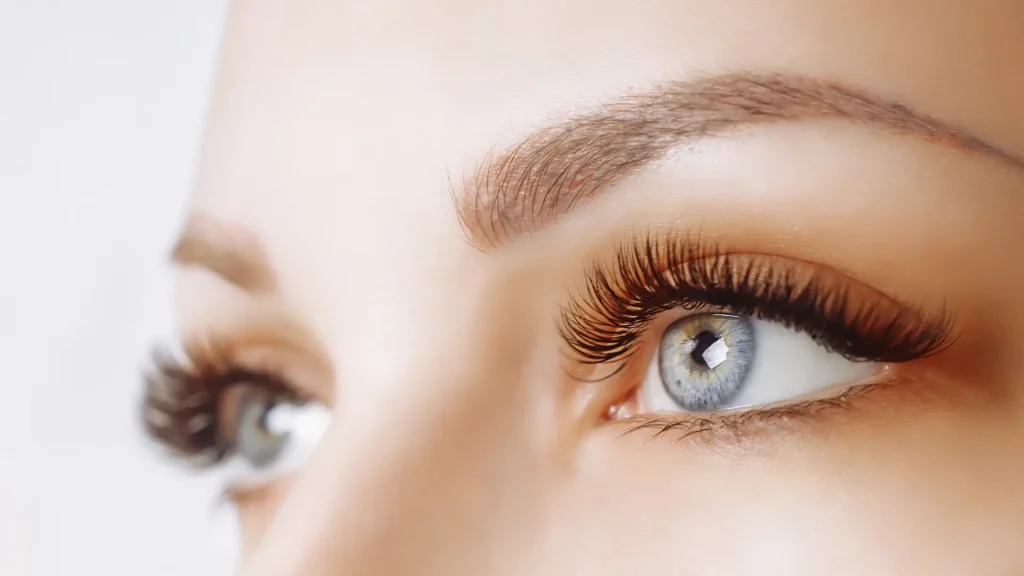
Combining Latisse with lash extensions can be effective if done carefully. In addition to Latisse and lash extensions, medical or aesthetic professionals may offer more alternatives depending on individuals’ preferences and concerns. Due to the FDA approval of Latisse, medical professionals may recommend this solution for the natural enhancement of the lashes.
- Lash Lifts
- Lash Serums
- False Lashes
- Fiber Mascaras
These methods provide varying enhancement and maintenance requirements, which providers may help address individuals’ concerns. Patients need to seek medical professionals’ advice when starting a new treatment. This can ensure patient safety and optimal results for increased patient satisfaction.
Conclusion
When considering Latisse with lash extensions, it’s essential to consult a medical professional for guidance on safety and proper care. Latisse, an FDA-approved treatment for eyelash growth, can complement lash extensions by promoting natural lash health and fullness. With consistent and correct application, both treatments can work together effectively, enhancing the overall appearance of your lashes.
FAQs
1. Can Latisse be used with lash extensions?
Yes, Latisse can be used with lash extensions. While having lash extensions, Latisse can help the natural eyelashes grow and improve overall appearance.
2. Is it safe to combine Latisse and lash extensions?
Combining Latisse and lash extensions is generally safe, but careful application may be necessary to avoid contact with the extensions’ adhesive.
3. How does Latisse interact with lash extensions?
Latisse can enhance the overall appearance of eyelashes while using lash extensions, promoting natural lash growth and improving darkness and thickness.
References
- Mukamal, R. (2018, February 23). Eyelash Extension Facts and Safety. American Academy of Ophthalmology. https://www.aao.org/eye-health/tips-prevention/eyelash-extension-facts-safety
- Whelan, C. (2019, July 25). Eyelash Extensions: What Are the Pros and Cons? Healthline; Healthline Media. https://www.healthline.com/health/eye-health/eyelash-extensions-pros-and-cons
